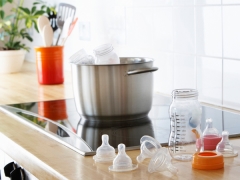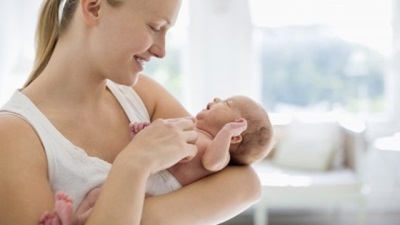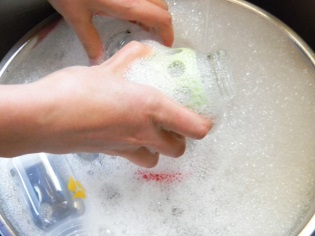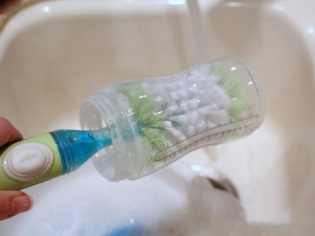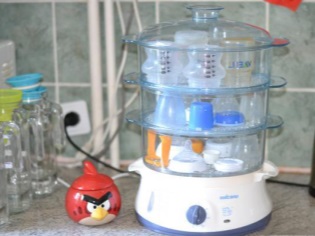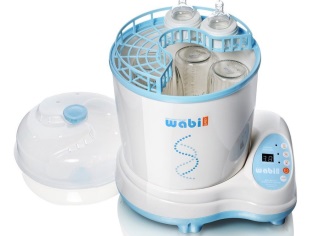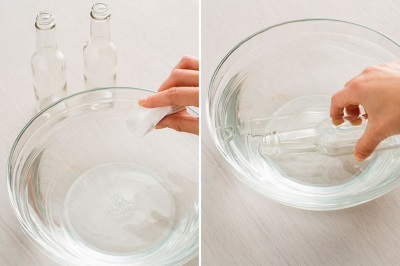Sterilization of baby bottles and dishes
If the newborn is fed from a bottle, the mother wonders how to sterilize the dishes used to feed the little ones. Let's understand why bottle sterilization is important, how to handle it properly and when it is already possible not to sterilize baby dishes?
The reasons
Due to the large susceptibility of the child's body to various infections (in particular, to pathogens of intestinal infections), parents should be more careful to ensure that all the utensils for feeding the baby are clean, because the bacteria in milk develop very actively.
Sterilization helps to clean bottles and other utensils from microorganisms and thereby protect the infant during the period when his immune system is still being formed and protects the crumbs not in full force. It is also important to dry all sterilized items, since in the moisture that remains inside the dishes, microbes also multiply fairly quickly.
How old do you need to sterilize?
The child should receive food only from clean dishes, but periodic sterilization of bottles and other items is recommended to hold up to a year. By this time, the baby’s immunity will be so strong that the child will be able to resist the microbes that enter his body from the surface of children's dishes.
At the same time, there are opinions of pediatricians that babies older than 6 months do not need to sterilize dishes, but there are also doctors who adhere to the fact that the ability of the immune system to withstand a pathogen is formed only by 1.5 years. The sterilization frequency is reduced over time and reduced to zero by 1.5 years.
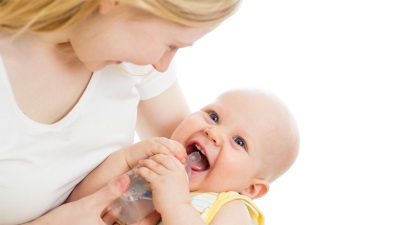
What to consider when feeding?
Warm mixture or milk is not recommended to be stored in dishes longer than an hour.
If the infant has not finished the portion, the remains should be poured out, since microorganisms from the oral cavity have entered the bottle. In order not to prepare the mixture many times a day, you can prepare for the baby food in several bottles at a time and store them in the refrigerator, heating only one portion before each baby feeding.
What needs to be sterilized?
In processing need all the items that can get into the mouth of a newborn. First of all, it is:
- Feeding accessories. These include bottles, their caps, nipples, breast pump.
- Dummy. It is important to have several sterilized nipples ready to give the little one a clean accessory instead of spit it out on the floor.
- Dental rings and rodents.
- Toys that tolerate boiling.
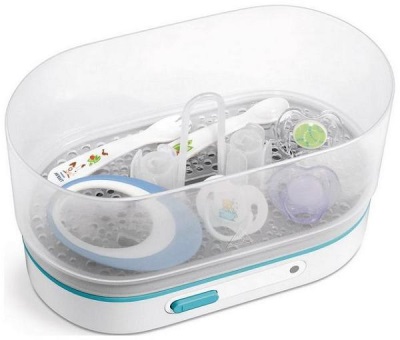
Ways and stages
For the sterilization of children's dishes use:
- Boiling.
- Steam treatment.
- Special sterilizer.
- Processing in the microwave.
- Processing in the multicooker (on the "steam" mode).
- Treatment with a special sterilizing solution.
Before sterilization, the dishes should be thoroughly washed in hot water using dishwashing liquid for children or household soap or baby soap. Flush bottles and other items immediately after feeding to prevent the milk from drying out. This will help you brush or brush, used to wash only the baby's dishes. Pay more attention to the thread on the neck.After washing the bottle, the lid, and the nipple, rinse well, so that the soap is completely removed from the children's dishes.
Boiling
The most affordable and simple option to sterilize the bottle - boiling. The dishes are placed in a pot of water and brought to a boil, then kept in boiling water for 3-10 minutes. Next, items need to decompose on a clean napkin so that they dry out and cool. The disadvantage of such sterilization is the risk of spoiling the details of plastic and rubber bottles.
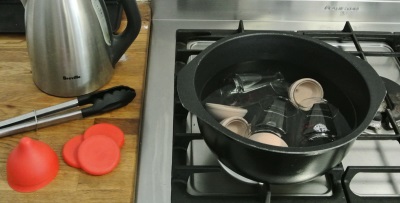
Steam
Steam sterilization is as reliable as boiling, but is considered a more gentle method for bottles. The dishes can be held above the steam that rises above the saucepan of boiling water or the spout of the kettle, or use a steamer.
In special sterilizers for children's dishes are also used steaming. Water is poured into the device and bottles are placed (from 4 to 8 immediately), covered with a lid, and after 10-12 minutes they take out with clean hands.
Microwave
In the microwave oven, the dishes for the child are also sterilized in a special device (sterilizer) or in clean glass dishes in which water is poured and the bottles are immersed. This method of processing is not used for children's dishes, which has metal parts.
Pills
There are also special pills or powders for disinfecting bottles that need to be diluted in water. In the prepared solution is placed well-washed dishes and remove it after half an hour. Although this treatment is considered safe for the child, in most cases mothers resort to it only in cases when steam treatment or boiling is not available (for example, on a trip).
Opinion E. Komarovsky
The well-known pediatrician reminds that the infant is daily confronted with a huge number of bacteria and does not need completely sterile conditions. Moreover, due to excessive purity, the crumbs' immune system does not interfere with the multitude of microorganisms to which it must develop protection.
Komarovsky supports the opinion of scientists that the sterilization of children's dishes is one of the factors provoking allergic reactions. The well-known doctor is sure that sterility is important only when in contact with blood and for people with immunity problems, and only dishes are needed for dishes from which young children are fed. It is enough to wash the nipples and bottles in running water (large quantities), carefully cleaning them from detergents. Sterilize Komarovsky recommends only dishes that store breast milk or formula.
